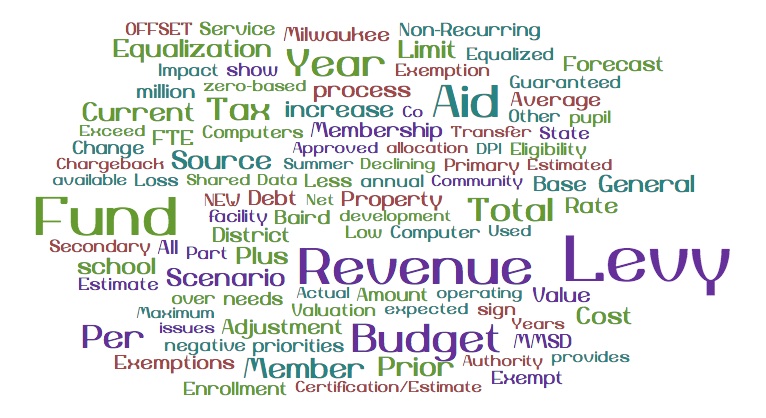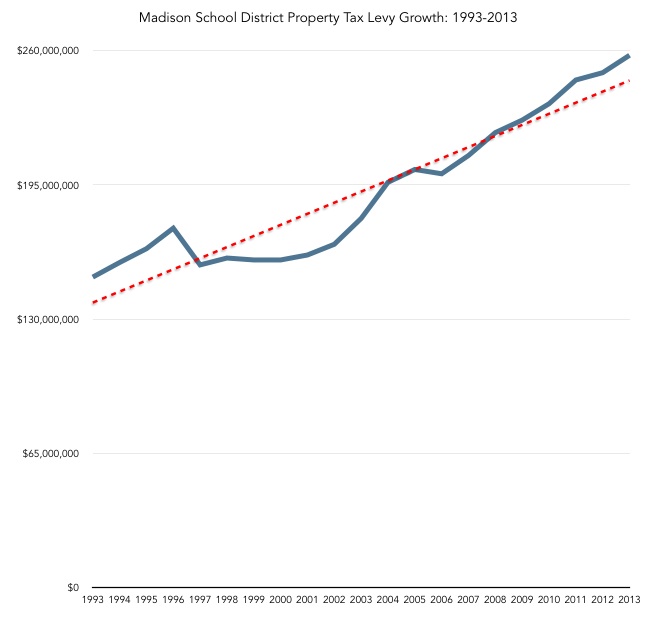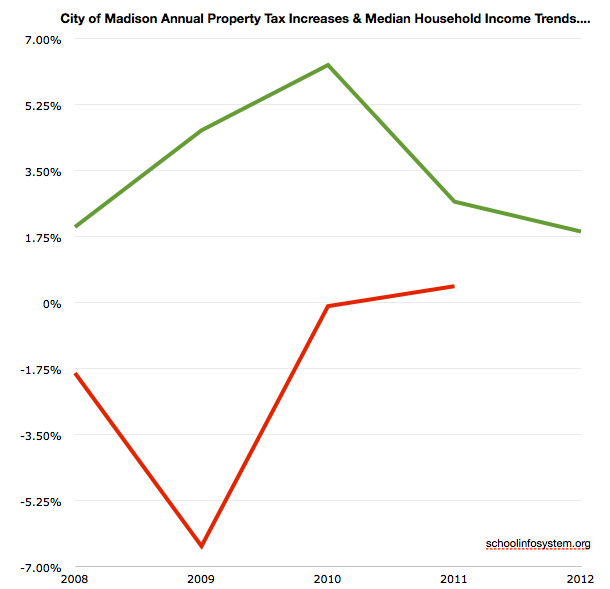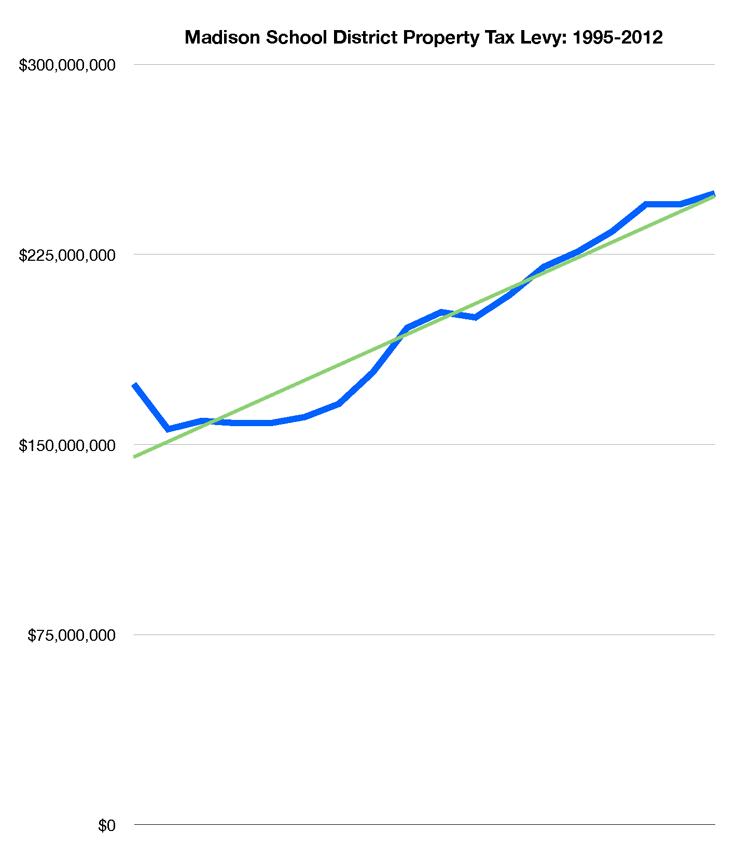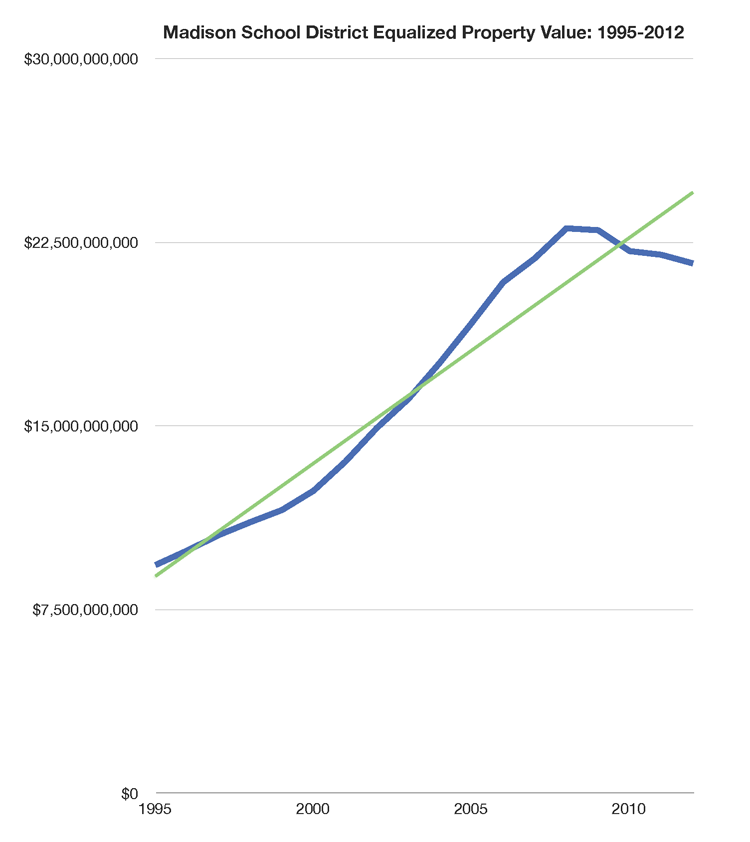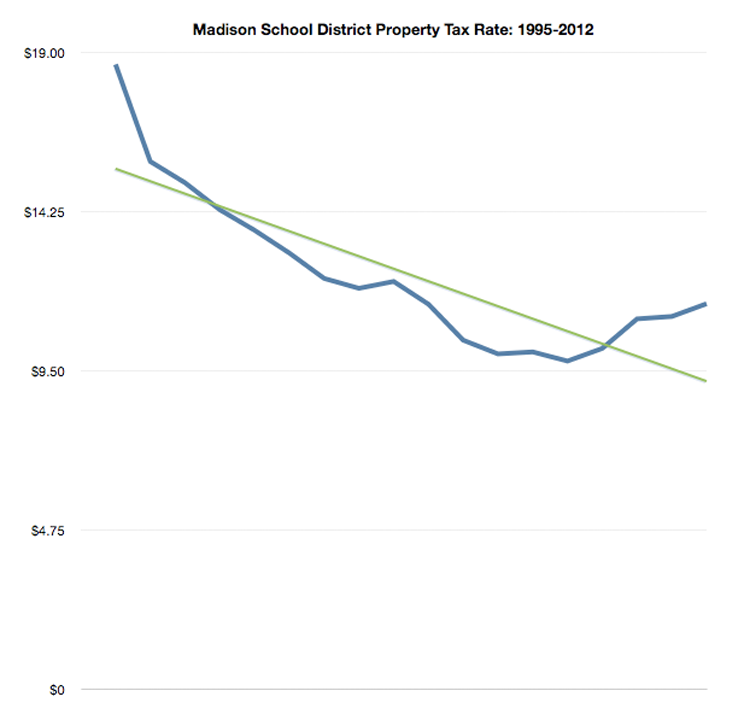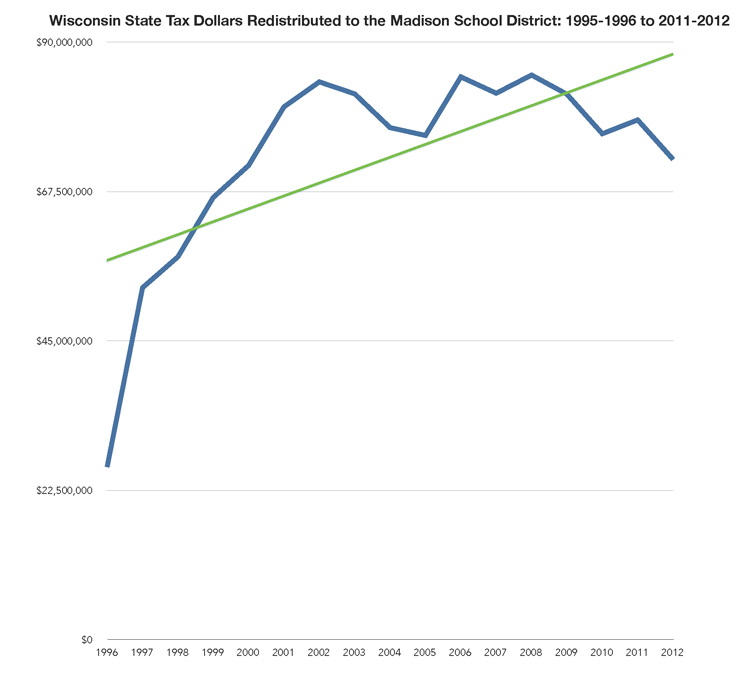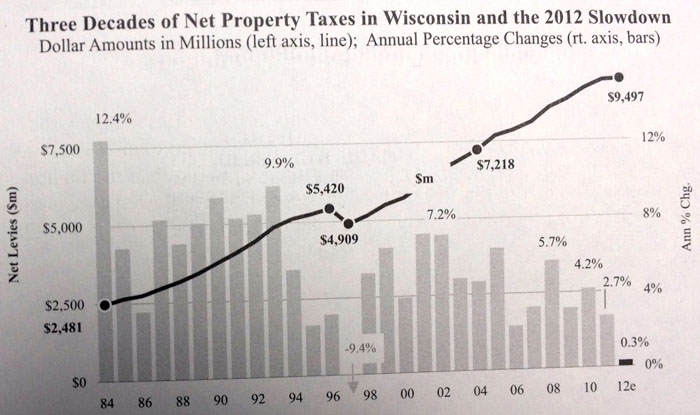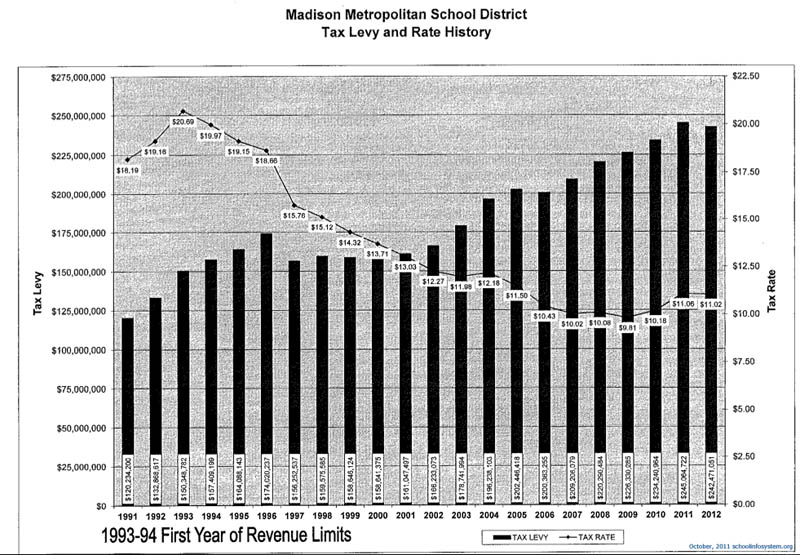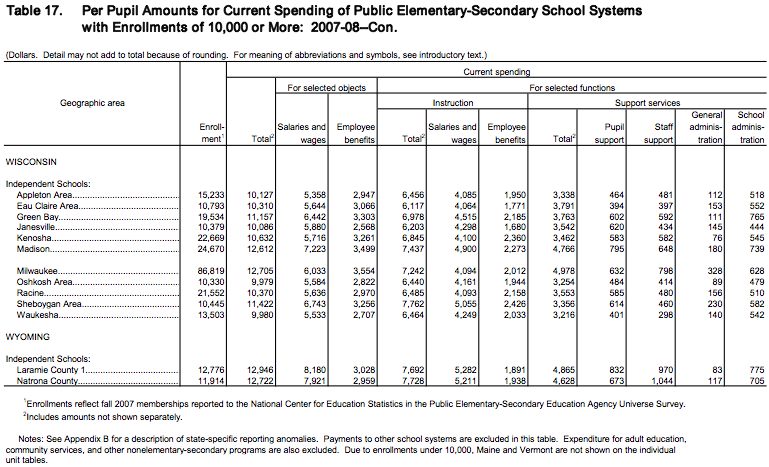Urban Leage of Greater Madison:
The Urban League of Greater Madison (ULGM) is submitting this budget narrative to the Madison Metropolitan School District Board of Education as a companion to its line‐item budget for Madison Preparatory Academy for Young Men (Madison Prep). The budget was prepared in partnership with MMSD’s Business Services office. The narrative provides context for the line items presented in the budget.
Madison Prep’s budget was prepared by a team that included Kaleem Caire, President & CEO of ULGM; Tami Holmquist, Business Manager at Edgewood High School; Laura DeRoche‐Perez, ULGM Charter School Development Consultant; and Jim Horn, ULGM Director of Finance. Representative of ULGM and MMSD met weekly during the development of the Madison Prep budget. These meetings included including Erik Kass, Assistant Superintendent for Business Services and Donna Williams, Director of Budget & Planning. The budget was also informed by ULGM’s charter school design teams and was structured in the same manner as start‐up, non‐instrumentality public charter school budgets submitted to the District of Columbia Public Charter School Board in Washington, DC. DCPCSB is widely regarded as one of the most effective authorizers of charter schools in the nation.
In addition, Madison Prep’s Facilities Design Team is led by Dennis Haefer, Vice President of Commercial Banking with Johnson Bank and Darren Noak, President of Commercial Building with Tri‐North Builders. Mr. Noak is also the Treasurer of ULGM’s Board of Directors. This team is responsible for identifying Madison Prep’s school site and planning for related construction, renovation and financing needs.
……
Budget Highlights
A. Cost of Education
In 2008‐09, the Madison Metropolitan School District received $14,432 in revenue per student from a combination of local, federal and state government and local property taxes. The largest portion of revenue came from property taxes, $9,049 (62.7%), followed by $3,364 in state aid (23.3%), $1,260 in federal aid (8.7%) and $759 in other local revenue (5.3%). That same year, MMSD spent $13,881 per student on educational, transportation, facility and food service costs for 25,011 students for a total of $347,177,691 in spending.
In 2010‐11, MMSD’s Board of Education is operating with an amended budget of $360,131,948, a decrease of $10,155,522 (‐2.74%) from 2009‐10. MMSD projects spending $323,536,051 in its general education fund, $10,069,701 on food service and $8,598,118 on debt service for a total of $342,203,870. Considering the total of only these three spending categories, and dividing the total by the official 2010‐11 enrollment count of 24,471 students, MMSD projects to spend $13,984 per student.3 This is the amount per pupil that ULGM used as a baseline for considering what Madison Prep’s baseline per pupil revenue should be in its budget for SY2011‐12. ULGM then determined the possibility of additional cutbacks in MMSD revenue for SY2011‐12 and reduced its base per pupil revenue projection to $13,600 per student. It then added a 1% increase to it’s per pupil base spending amount for each academic year through SY2016‐17.
ULGM recognizes that per pupil funding is an average of total costs to educate 24,471 children enrolled in MMSD schools, and that distinctions are not made between the costs of running elementary, middle and high schools. ULGM also understands that the operating costs between all three levels of schooling are different. Middle schools costs more to operate than elementary schools and high schools costs more than middle schools.
Reviewing expense projections for middle and high schools in MMSD’s SY2010‐11 Amended Preliminary Budget, ULGM decided to weight per pupil spending in middle school at 1.03% and 1.16% in high school. Thus, in SY2012‐13 when Madison Prep opens, ULGM projects a need to spend $14,148 per student, not including additional costs for serving English language learners and students with special needs, or the costs of Madison Prep’s third semester (summer).
B. Cost Comparisons between Madison Prep and MMSD
Staffing Costs
In 2010‐11, MMSD projected it would spend $67,133,692 on salaries (and benefits) on 825.63 staff in its secondary (middle and high) schools for an average salary of $81,312. This includes teachers, principals and in‐school support staff. In its first year of operation (SY2012‐13), ULGM projects Madison Prep it will spend $1,559,454 in salaries and benefits on 23 staff for an average of $67,802 in salary, including salaries for teachers, the Head of School (principal) and support staff. In its fifth year of operation, Madison Prep is projected to spend $3,560,746 in salaries and benefits on 52 staff for an average of $68,476 per staff person. In both years, Madison Prep will spend significantly less on salaries and benefits per staff member than MMSD.
Additionally, MMSD spends an average of $78,277 on salaries and benefits for staff in its middle schools and $79,827 on its staff in its high schools.
Additional documents: budget details and Madison Prep’s Wisconsin DPI application.
Matthew DeFour:
The high cost results from the likelihood that Madison Prep will serve more low-income, non-English speaking and special education students, said Kaleem Caire, president of the Urban League of Greater Madison, which is developing the charter school. The school also plans to have a longer school year, school day and require students to participate in volunteer and extracurricular activities.
“What we’re asking for is based on the fact that we’re going to serve a high-needs population of kids,” Caire said. “We don’t know yet if what we’re projecting is out of line.”
Caire said the proposal will likely change as potential state and federal revenues are assessed.
A Republican charter school bill circulated in the Legislature this week could also alter the landscape. The bill would allow charter schools to receive approval from a state board, rather than a local school board, and those that don’t use district employees, like Madison Prep, would be able to access the state retirement and health care systems.
Much more on the proposed Madison Preparatory Academy IB Charter school, here.
